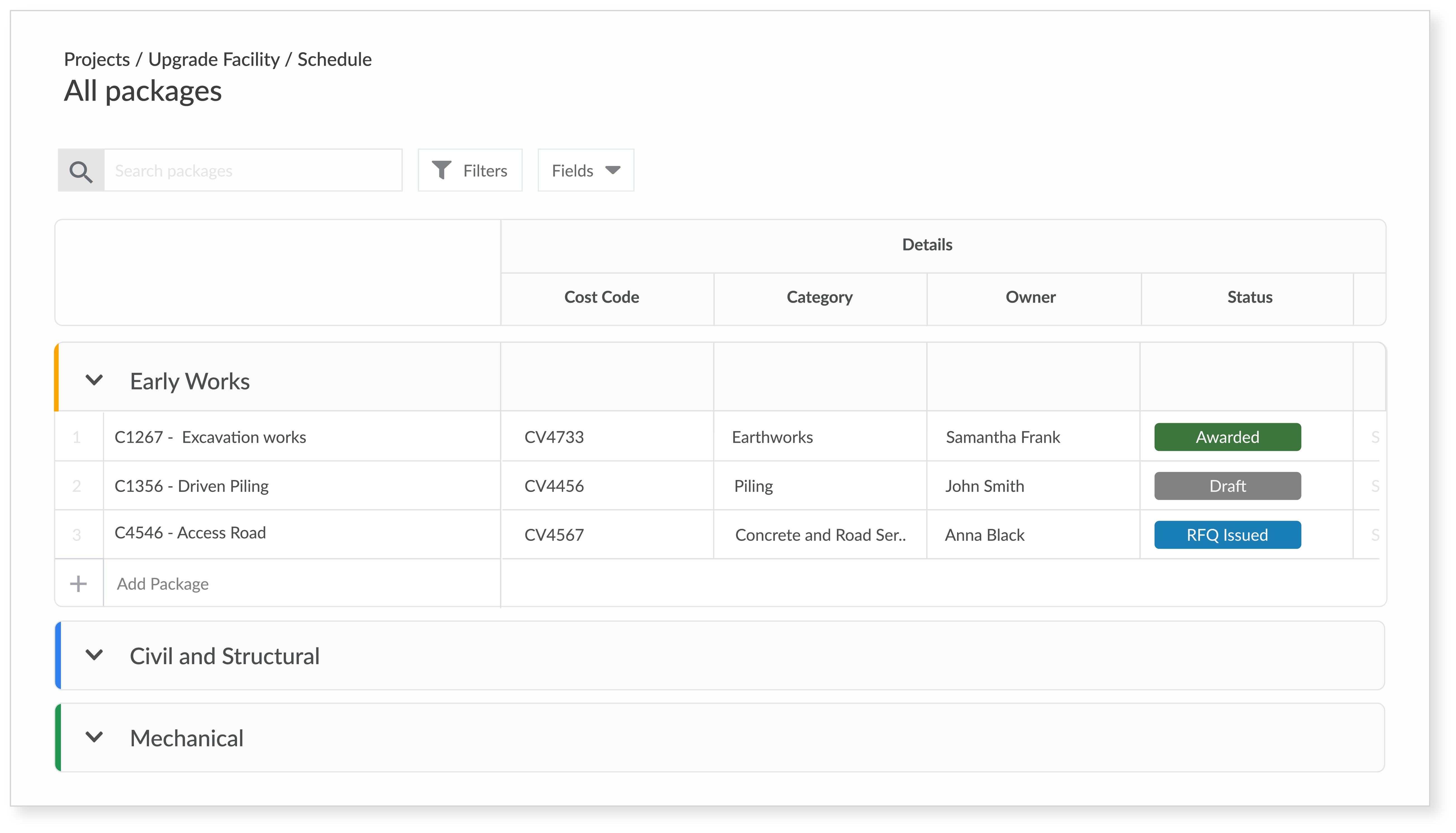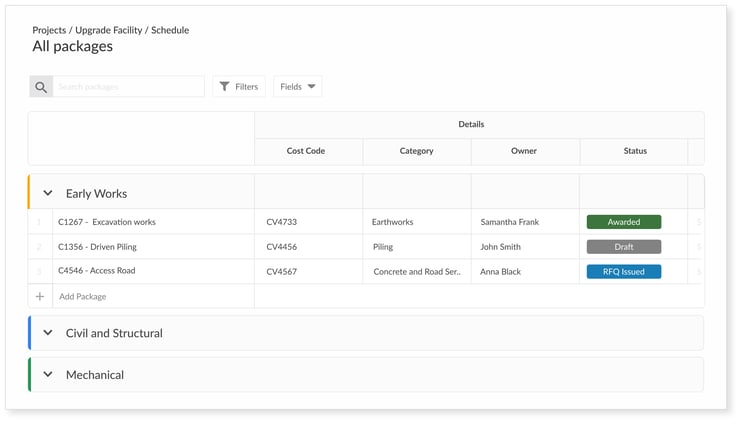Recently, I had the pleasure of unveiling our latest module Procurement Schedule in our launch webinar. Below are the highlights of the session.
If you’d like to watch the recording, please visit this link.
Setting the scene: Industry landscape
Australia is seeing record levels of infrastructure spending driven at all levels of government. Infrastructure Partnerships Australia forecast a significant step change in the amount of investment going into infrastructure particularly out of the COVID-19 economic recovery.
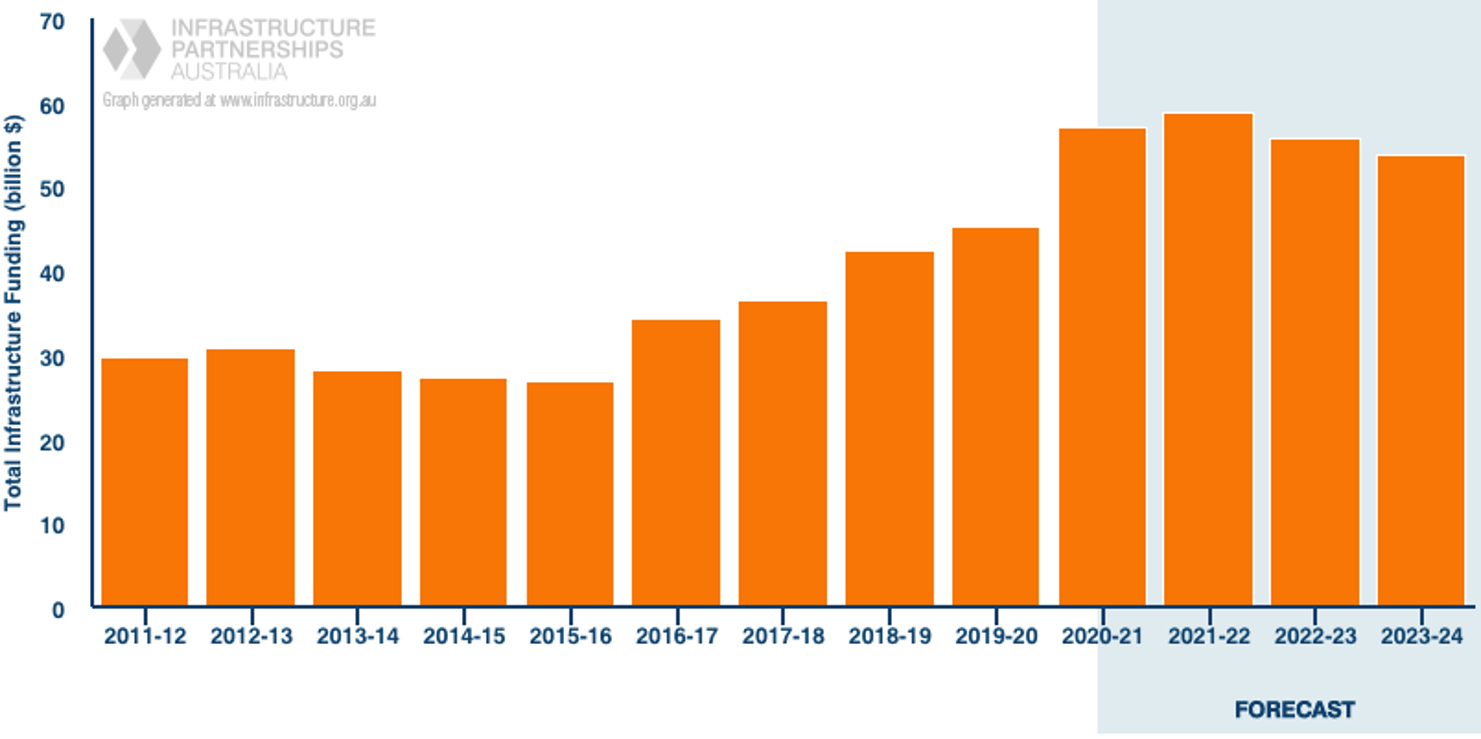
That spend is converging with a tightening of expectation around ESG obligations.
What that means is that despite the increased spend, more than ever, it's less and less a given that the contractors are going to be profitable on any given project.
Hence, contractors and the construction industry generally are turning to technology, and we're seeing a wave of digitisation.
Despite that eagerness to digitise a lot of processes, typically big enterprise-wide solutions, traditional ERPs, and things of that size, just aren’t a great fit, particularly for a construction company who's trying to mobilise to a project.
What we’ve typically seen is that people default to what they know. When they're trying to set up some critical tools, they'll tend to resort to things like Excel or other spreadsheets that are operating in an offline context.
What we know over many years of building Felix and delivering it to our customers, is that where we've got mission critical tools that aren't nicely tied into the wider technology ecosystem, they end up being stand alone.
They are inefficient, error prone, and in some cases, they can be the difference between making margin on a project or making a loss on a project.
Managing complex programs/projects
Sone of the really critical tools in the delivery of large construction infrastructure projects is the procurement schedule.
You may call it a plan, a register, or a letting sheet. A procurement schedule is really a nerve centre of your procurement activities.
It helps teams coordinate when to issue the tenders to the vendors, when to award a contract and ensures that your subcontractors and suppliers arrive on site at the required time to make sure that the construction program stays on track.
We are all very well familiar though with the challenges associated with working with disjointed tools and working off spreadsheets. But the majority of our webinar attendees are still using this tool to plan and track sourcing activities.
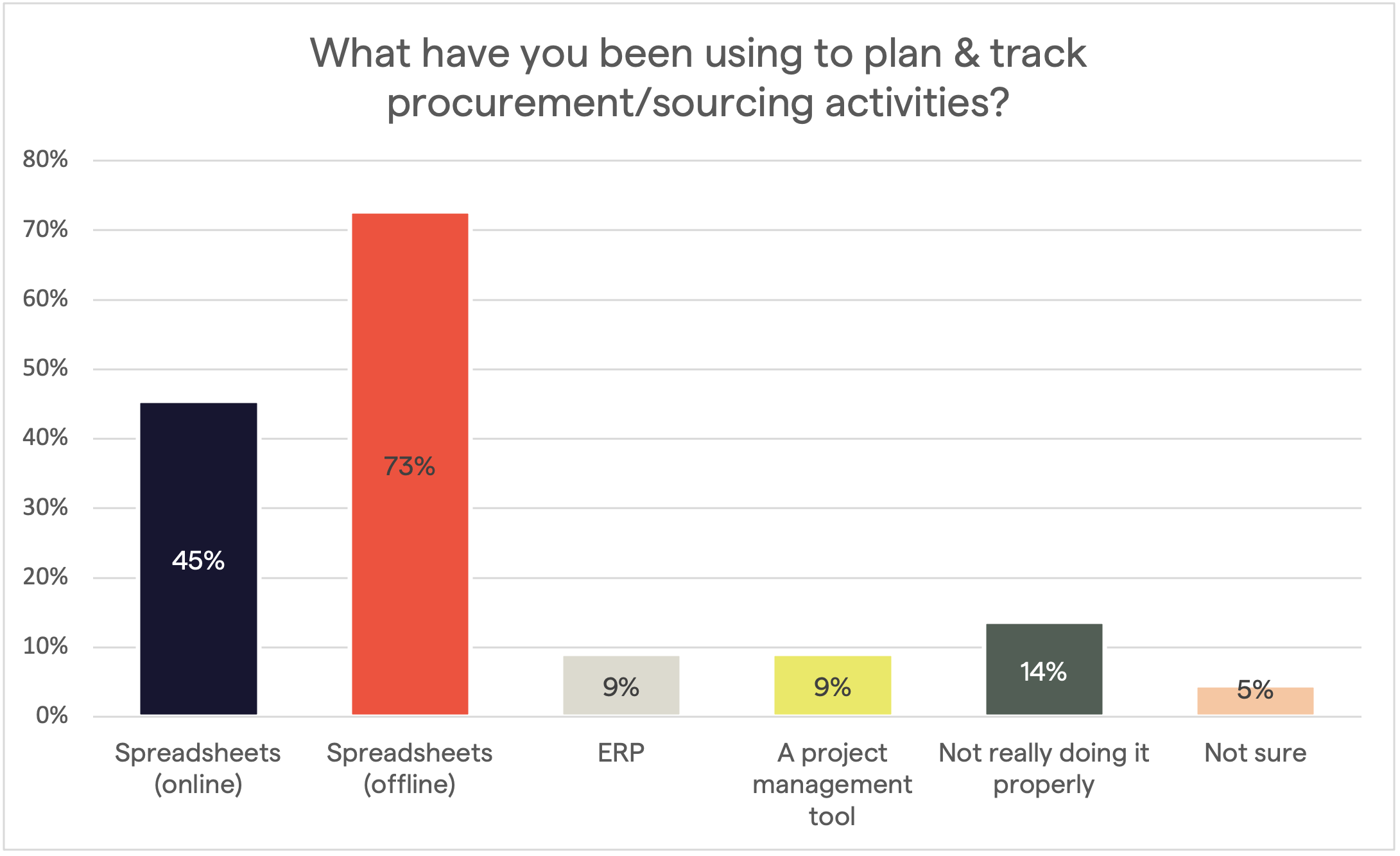
Webinar participants' responses
For instance, it’s painful to have data coming from multiple sources without reconciliation, which results in a lot of inaccuracies in your schedules.
There's a massive disconnect using spreadsheets between the tools to schedule and execute the RFx.
You will see your teams, for instance, use Outlook to issue tenders to vendors and then manually populate the dates when they were issuing those tenders and who they issued it to into the spreadsheet, which is extremely inefficient.
All this results in missed deadlines, delays, cost overruns.
Another disadvantage of using those disjointed tools is the lack of audit trail of who changed and when.
For instance, you may start seeing the slippage of budgets and award values, and it's hard to understand why the budget value for a specific package has changed.
Finally, these huge inefficiencies come from the laborious handling of spreadsheets. Teams are trying to reconcile Outlook messages and sending emails to then populate that information manually to the spreadsheet, issuing contracts and then tracking those values again back into the same spreadsheet.
Why we built Procurement Schedule
Over the past years, we have collaborated with leading contractors to understand their processes and designed a solution that would give you complete visibility and control over procurement programs and performance.
When we think about procurement schedule, we think about in three phases.
The first one is planning. This is when you are building active program and project plans.
The second one is execution typically being performing the tendering programs. This is when you will trigger your RFx or events based on the procurement schedule.
And finally the tracking. This is where you will start generating reports to monitor performance of your schedule against days or against the budget.
See it in action
The solution tour covers some fundamental elements of the module. You can watch the full recording to better make sense of it all.
Projects feature
Procurement schedule lives inside of a project. Project is really your shell to organise sourcing activity inside of the Felix application.
You can store sourcing events against the project documents. You can configure unique settings, workflows and permissions for projects.
Customisation
The procurement schedule can be really simple or really complex depending on how you want to use it and how you want to customise it for your teams' workflows. Example items that can be customised when building a procurement schedule:
- Schedule template
- Columns
- Statuses
Import
Organisations are likely already used to working in Excel spreadsheets. So before starting to use Felix’s Procurement Schedule, they will already have a spreadsheet with information about different packages stored within it.
We’ve made it easy for teams to transfer this information from Excel directly into the schedule, by providing an import.
Integration with the Felix ecosystem
The linkages between the Sourcing module and the Procurement Schedule is apparent if you start issuing requests to vendors directly from the built schedule.
But you can also drill down to get more information about the vendors and it's the power of integration with the Vendor Management module.
For instance, you can drill down into their location, compliance information, associated vendor tags, performance score and more.
Tracking and reporting
Assigned owners can easily track the progress of their packages, while senior executives or other relevant stakeholder groups can get a bird’s eye view of the overall project progress.
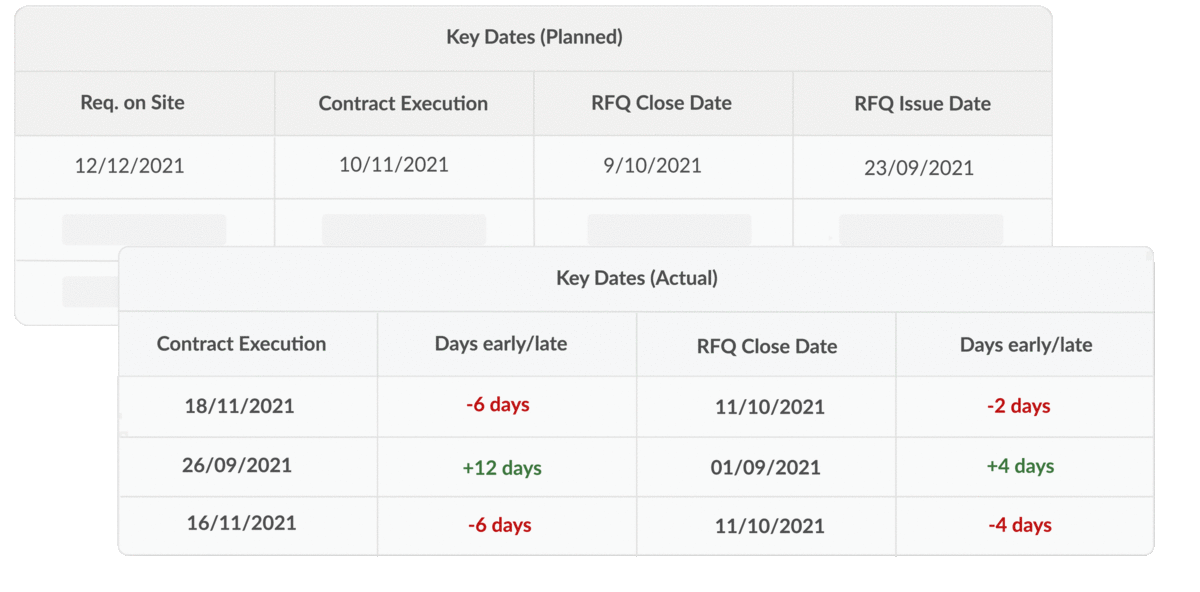
Audit trail
In an offline spreadsheet context, we can understand how difficult it is to tracking things like who changed this value, why the budget is updated, why the required on-site date has now been changed etc.
With Procurement Schedule, every time a user updates the values, it’s captured in the audit log which can easily be downloaded from the system.
Q&A
There were a lot of questions during the session. Some of them were very specific about certain features of this solution, such as “How can you control who can create columns?”
But there’s also a broad one like this “Can I use this if I don't work in construction?”
We’re excited and grateful for all the questions, as that helps us focus on what’s really important for the end users.
If you’re interested in hearing the full conversation, please head here for the recording.
P.S. we’re always here to answer any more questions you may have, so feel free to reach out.

Recent Articles
2025 in review: Milestones, insights and achievements
2025 – a year of that brought meaningful developments for Felix as we continue to address the evolving needs of organisations navigating complex supply-chain environments.
Top 10 reasons for a centralised vendor database
As organisations grow, so does the complexity of managing vendor relationships. Many still rely on spreadsheets or siloed systems, which can lead to inefficiencies, data inconsistencies, and compliance risks. A centralised vendor database offers a smarter, more scalable solution that brings structure, visibility, and control to procurement operations.
Here are the top 10 reasons why centralising your vendor data is a strategic move.
Five ways poor contract storage could be costing your organisation money
Contracts are the backbone of every business relationship – legally binding documents that define expectations, responsibilities, and value.
But what if the way your organisation stores those contracts is quietly costing you money?
Let's stay in touch
Get the monthly dose of supply chain, procurement and technology insights with the Felix newsletter.
